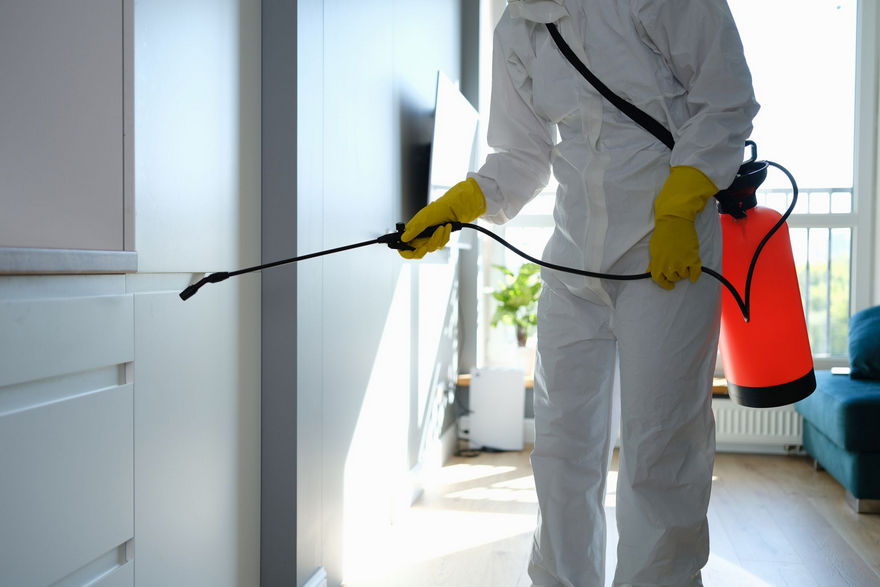When it comes to roofing, many homeowners focus on big-ticket items like shingles and gutters, often overlooking smaller yet equally important components that play a vital role in protecting the home. One such feature is the drip edge—a thin metal flashing installed along the roof’s edges.
Though often understated, the drip edge performs crucial functions that can greatly affect the durability and health of your roof, fascia, and foundation. In this post, we’ll explore the differences between having a drip edge versus not having one, and why installing this simple component is essential for every roof.
What Is a Drip Edge?
A drip edge is a strip of metal, typically made from aluminum, galvanized steel, or copper, that is installed at the edges of your roof. It directs water away from the fascia and into the gutters, ensuring that rainwater doesn’t seep underneath your shingles or behind your gutters. The drip edge extends slightly past the roof’s edge, allowing water to drip off cleanly, rather than following the roof’s surface down to the fascia, where it could cause rot or other water damage.
While it may seem like a minor detail, the drip edge is vital in ensuring that the water flows properly off the roof and into the gutter system. Without it, rainwater could end up damaging multiple components of your home’s exterior, from the fascia to the siding, and even the foundation.
The Risks of Not Having a Drip Edge
Many older homes, and even some newer homes built with cost-cutting measures, don’t have a drip edge installed. Homeowners may not immediately notice the absence of a drip edge, but over time, the consequences of not having one can lead to significant—and expensive—issues. Let’s look at the key problems that can arise when a roof lacks a drip edge.
1. Water Damage to the Fascia and Soffit
One of the primary roles of a drip edge is to protect the fascia board and soffit by guiding water away from these areas. Without a drip edge, water can run down the shingles, curl back under the roof edge, and seep behind the fascia. Over time, this moisture buildup can cause the fascia to rot. Since the fascia board is what holds your gutters in place, rotting wood can weaken the gutter system, leading to sagging or even collapse.
Additionally, when water infiltrates the soffit, it can result in mold and mildew growth, which affects air quality and poses a health risk to those living in the home. Keeping the fascia and soffit dry is essential for maintaining the structural integrity and appearance of your home.
2. Shingle Damage and Curling
The edges of your roof shingles are particularly vulnerable to water infiltration. When there is no drip edge, water can be forced under the shingles, especially during heavy rains or wind-driven storms. As water repeatedly seeps under the shingles, it can weaken the adhesive and cause the shingles to lift or curl. This not only leads to roof leaks but also diminishes the overall lifespan of your roofing materials.
Over time, this can result in the need for premature roof repairs or even a full roof replacement. Adding a drip edge helps preserve the integrity of the shingles, ensuring they stay firmly in place and perform as intended.
3. Foundation and Basement Issues
While it might not seem immediately connected, the absence of a drip edge can even affect your home’s foundation. Water that isn’t properly directed into the gutters can spill over and pool near the foundation of the house. This is particularly problematic in areas with poor drainage, as it increases the likelihood of water seeping into the basement or crawlspace, leading to cracks, leaks, and even structural damage.
Proper water management around the home is critical for preventing foundation issues, and the drip edge plays a key role in ensuring that water flows correctly into the gutters rather than creating runoff that could damage the foundation.
The Benefits of Installing a Drip Edge
Now that we’ve covered the risks of not having a drip edge, let’s look at the key benefits of installing one. Whether you’re building a new home or upgrading an older roof, adding a drip edge offers significant advantages that protect your home in both the short and long term.
1. Enhanced Water Management
The main function of a drip edge is to direct water away from vulnerable areas of your roof and into the gutter system. By channeling rainwater properly, it helps prevent pooling, leaks, and water infiltration. This simple piece of flashing plays a big role in maintaining the overall health of your roofing system and the exterior of your home.
2. Prevention of Ice Dams
In colder climates, ice dams can form at the roof’s edge, preventing snowmelt from draining properly and causing water to back up under the shingles. A properly installed drip edge can help reduce the risk of ice dams by keeping water flowing away from the roofline. While a drip edge alone won’t completely eliminate ice dams, it is an important part of an overall strategy to prevent them.
3. Protection of Roofing Materials
By keeping water away from the edges of your shingles, the drip edge helps preserve the roofing materials, reducing the likelihood of damage from water infiltration or wind-driven rain. The drip edge also helps prevent wind from lifting shingles, which can expose the underlayment and lead to leaks.
4. Compliance with Building Codes
In many areas, building codes now require drip edges to be installed on new roofs or during roof replacements. This is because the benefits of drip edges are so clear in terms of protecting the roof’s structure and preventing long-term damage. Installing a drip edge ensures that your roof meets local code requirements and avoids issues during home inspections, especially if you plan to sell your home in the future.
Installing a Drip Edge: Professional vs. DIY
While it is possible for skilled homeowners to install a drip edge as a DIY project, it’s often best to have a professional roofer handle the installation, especially if you’re dealing with a roof replacement. Proper installation requires careful positioning to ensure that the water flows directly into the gutters without overshooting or causing pooling. A poorly installed drip edge may not provide the necessary protection and could lead to the very issues it’s designed to prevent.
Conclusion
When comparing drip edge vs. no drip edge, it’s clear that installing a drip edge is a must for any roofing system. This small yet crucial component helps protect your home from water damage, shingle deterioration, and foundation issues by ensuring that rainwater is properly channeled into the gutters.
Without it, your roof and home are at risk for a variety of problems that can lead to costly repairs. Investing in a drip edge is a simple way to ensure the longevity of your roof and the safety of your home.




